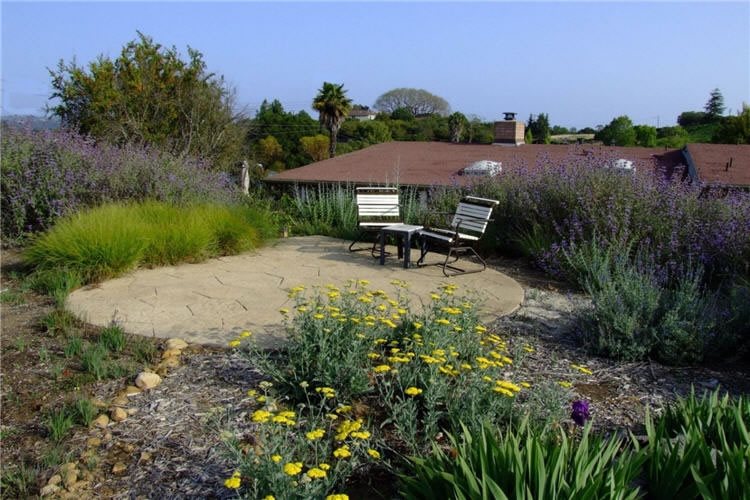
Eco-Friendly Landscaping: Sustainable Garden Design
Understanding Sustainability in Gardens
Sustainable garden design focuses on creating environmentally conscious landscapes that minimize negative impacts and promote biodiversity. It involves utilizing eco-friendly practices and materials to ensure long-term ecological balance.
Choosing Native Plants and Biodiversity
Embrace biodiversity by incorporating native plants suited to the local climate and soil conditions. Native species require less maintenance, support local wildlife, and contribute to the overall health of the ecosystem.
Explore a variety of native plants ideal for sustainable garden design at classiccinemaimages.com. Discover species suitable for your region to foster a thriving ecosystem.
Water Conservation Techniques
Implement water-efficient strategies such as rainwater harvesting, drip irrigation, or utilizing drought-tolerant plants. These techniques minimize water usage, reduce runoff, and sustain garden health during dry spells.
Soil Health and Composting Practices
Nurture soil health by incorporating organic matter and compost into the garden. Composting kitchen scraps and garden waste enriches soil fertility, promotes microbial activity, and reduces the need for chemical fertilizers.
Natural Pest Control and Wildlife Habitat
Encourage natural pest control by fostering habitats for beneficial insects, birds, and other wildlife. Creating a balanced ecosystem minimizes the need for pesticides while promoting a healthy garden environment.
Energy-Efficient Garden Features
Incorporate energy-efficient elements like solar-powered lighting, water pumps, or greenhouses into garden design. These features reduce reliance on conventional energy sources and contribute to sustainability.
Enhance your sustainable garden with energy-efficient features available at classiccinemaimages.com. Explore solar-powered options to complement your eco-friendly garden design.
Mindful Material Selection
Opt for sustainable and locally sourced materials for hardscaping elements like paths, fences, or garden structures. Utilizing recycled or reclaimed materials reduces environmental impact and supports eco-friendly practices.
Maintenance and Garden Care Practices
Adopt eco-friendly maintenance routines, including natural weed control methods, proper pruning techniques, and regular soil testing. These practices maintain garden health while minimizing environmental harm.
Educating and Sharing Sustainable Practices
Promote sustainable gardening within communities by sharing knowledge and resources. Educate others about the benefits of eco-friendly practices, encouraging a collective effort towards sustainability.
Conclusion: Harmonizing Nature and Design
Sustainable garden design is a harmonious blend of ecological awareness and creative landscaping. By implementing eco-friendly techniques, nurturing biodiversity, and utilizing natural resources responsibly, gardens become thriving ecosystems that contribute positively to the environment.










